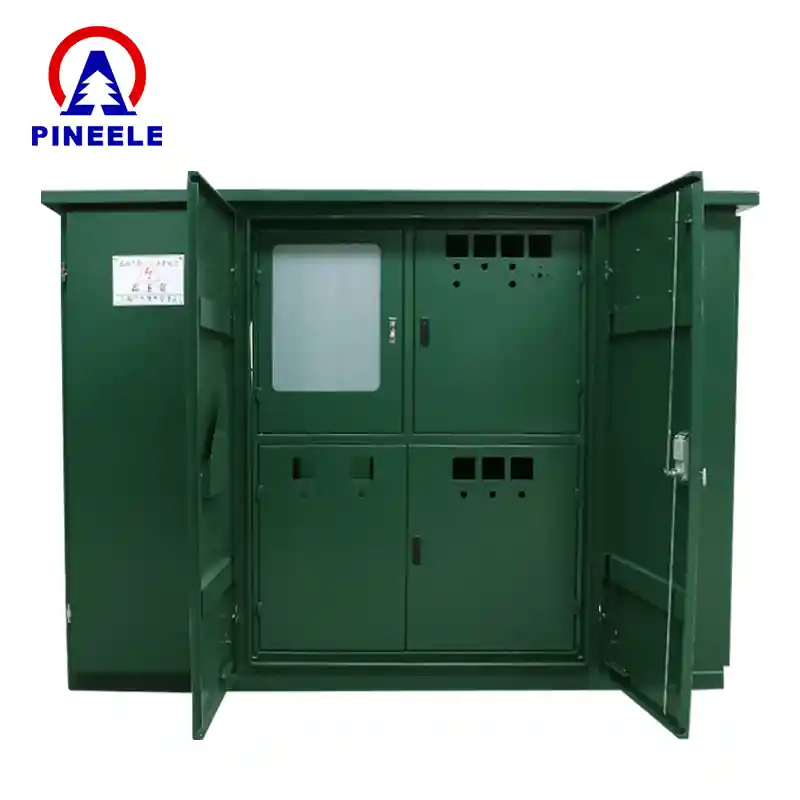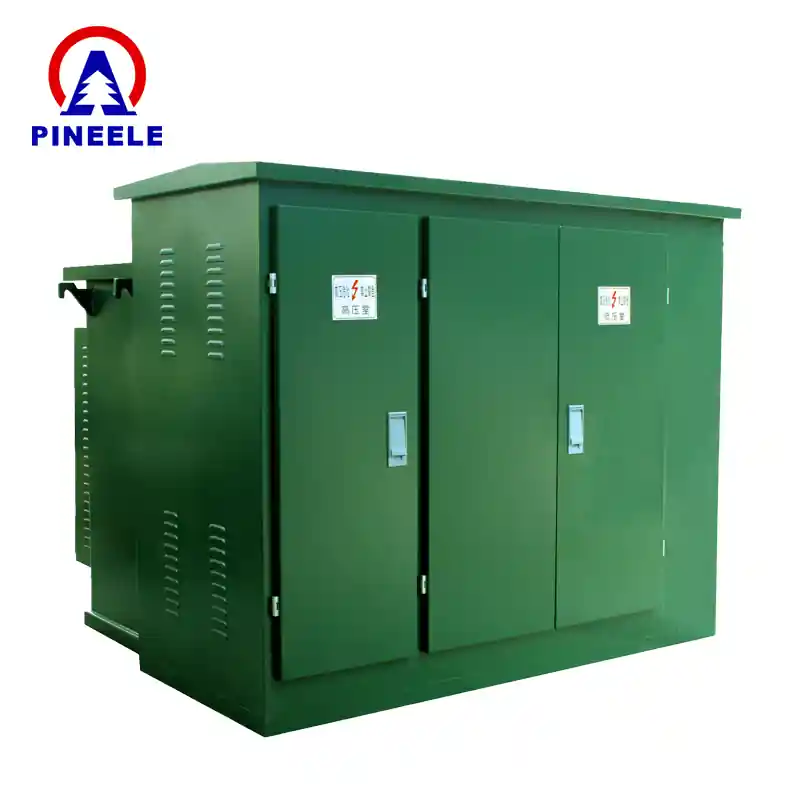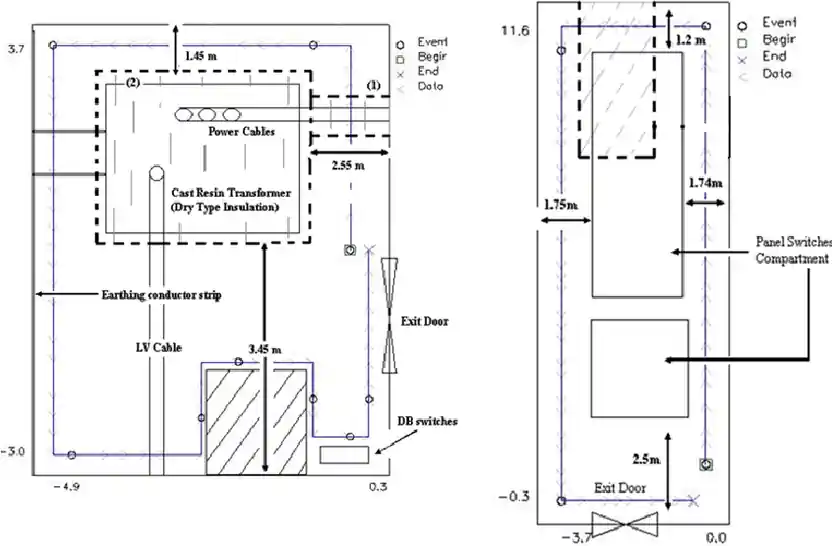
Introduktion til 220 kV transformerstationen
A 220 kV Understation er et elektrisk højspændingsanlæg, der bruges til transmission og distribution af elektrisk strøm ved et spændingsniveau på 220 kilovolt. Den spiller en central rolle i nettet ved at nedtrappe spændingen fra transmissionsniveauer (ofte 400 kV eller derover) til lavere spændinger (som 132 kV, 66 kV eller 33 kV) til videre distribution. Denne infrastruktur sikrer effektiv, pålidelig og sikker levering af elektricitet på tværs af store geografiske områder.
Anvendelser og betydning
220 kV transformerstationer er vigtige i:
- Nationale elnetisær i lande med storstilet infrastruktur.
- Industrielle zoner der kræver høj energibelastning.
- Urbane centre hvor efterspørgslen på elektricitet er konstant høj.
- Anlæg til vedvarende energiisær sol- og vindmølleparker, der er koblet til højspændingsnettet.

Disse transformerstationer sikrer spændingsregulering, fejlisoleringog sikker strømforsyning, der understøtter driftskontinuitet for industrier og forsyningsselskaber.
Markedstendenser og branchesammenhæng
I henhold til Det Internationale Energiagentur (IEA) og data fra IEEMA (indisk sammenslutning af producenter af elektrisk og elektronisk udstyr)efterspørgslen efter højspændingsstationer som 220 kV vokser på grund af:
- Øget integration af vedvarende energi.
- Udvidelse af intelligente net.
- Urbanisering og industriel vækst i udviklingsregioner.
I 2024 oversteg de globale investeringer i transmissionsinfrastruktur $300 milliarder, og 220 kV-transformatorstationer bidrager væsentligt til regional stabilitet og belastningsbalancering.
Tekniske specifikationer
| Parameter | Typisk værdi |
|---|---|
| Nominel spænding | 220 kV |
| Nominel frekvens | 50/60 Hz |
| Transformatorkapacitet | 100 MVA - 500 MVA |
| Systemkonfiguration | Dobbelt samleskinne / afbryder og en halv |
| Isoleringstype | AIS (luftisoleret) / GIS (gasisoleret) |
| Afbrydere | SF6, vakuum eller olietype |
| Beskyttelsessystem | Relæbaseret automatisering og SCADA |
| Kapacitet til at modstå fejl | Op til 40 kA i 3 sekunder |

AIS vs GIS i 220 kV-stationer
Der findes to almindelige typer af 220 kV transformerstationer:
- AIS (luftisoleret transformerstation):
Bruger luft som isoleringsmedium. Økonomisk, let at vedligeholde, men kræver mere plads. - GIS (gasisoleret transformerstation):
Anvendelser SF6-gas til isolering. Kompakt, vejrbestandig, ideel til pladsbegrænsede byområder. Højere startomkostninger, men lavere vedligeholdelse.
Differences from Lower Voltage Substations
| Funktion | 220 kV Substation | 132 kV / 66 kV Substation |
|---|---|---|
| Voltage Level | Extra High Voltage | High Voltage |
| Transformatorkapacitet | Højere | Medium |
| Grid Position | Transmission level | Distribution level |
| Omkostninger | Høj | Medium |
| Fodaftryk | Larger / Compact (GIS) | Smaller |
Selection Guide and Buying Advice
When selecting a 220 kV substation or its components, consider:
- Load Demand: Choose capacity based on peak and future load forecasts.
- Space Availability: Use GIS where land is limited.
- Environmental Conditions: Dust, humidity, seismic activity may impact design.
- Automation & Monitoring: Modern substations should support SCADA and IoT-based control.
- Overensstemmelse: Ensure standards like IEC 62271, IEEE C37, and local utility codes are met.
Reputable manufacturers like ABB, Siemens, Schneider Electricog PINEELE offer modular 220 kV solutions compliant with international specifications.
Citing Authoritative Sources
- IEEE: Electric Power Systems
- ABB 220kV Substation Solutions
- Wikipedia - Elektrisk understation
- IEEMA Reports
FAQ Section
A 220 kV substation connects high-voltage transmission lines to regional distribution networks, enabling voltage transformation and system protection.
GIS substations save space, are more reliable in harsh environments, and require less maintenance than AIS systems.
220 kV operates at a higher spændingsløsninger, handles greater load, and is typically used in the transmission layer of the grid, while 132 kV is used more in sub-transmission or distribution.
Konklusion
Den 220 kV substation is a critical component in the modern power transmission network. It ensures that electricity generated at power plants is efficiently transmitted across long distances and then stepped down for industrial or public use. Understanding its design, application, and selection criteria is essential for engineers, utility planners, and procurement teams aiming to maintain grid stability and meet growing energy demands.


